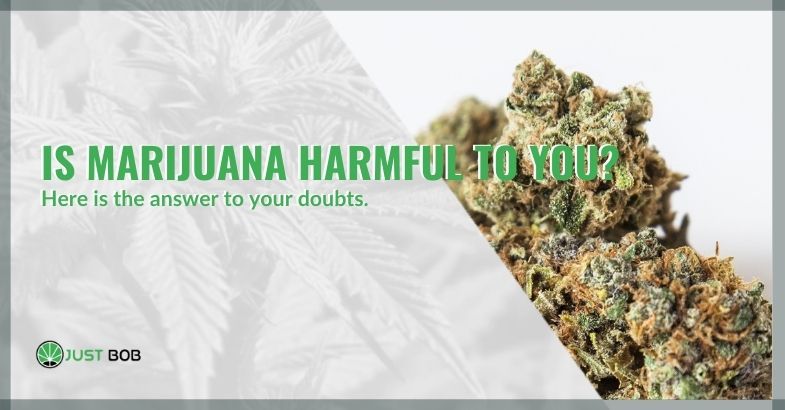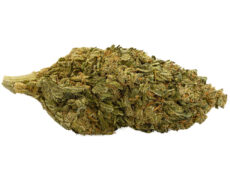Modified on: 19/04/2024
THE ANSWERS TO YOUR DOUBTS ABOUT THE DANGERS OF CANNABIS USE.
If you want to quit smoking cannabis or have a son or daughter who uses it, you are probably wondering if marijuana is bad or harmless to human health.
Especially with the advent of CBD cannabis, we often talk about the benefits of CBD and the psychotropic effects of THC (of which CBD hemp is almost devoid).
-
 SMALL & BIG
SMALL & BIGBUBBLEGUM
Indoor | CBD – CBDA < 22%
Starting from:EASTER SALE -10%
1,25CHF1,10CHF/gGrams3 5 10 20 50 100 -


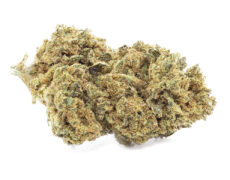
DO SI DOS
Starting from: 2,00CHF/gIndoor | CBD – CBDA < 19%
Grams3 5 10 20 50 100 -


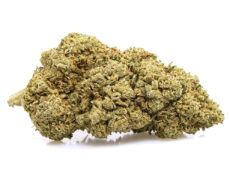
ROYAL GG#4
Starting from: 2,30CHF/gIndoor | CBD – CBDA < 40%
Grams3 5 10 20 50 100 -


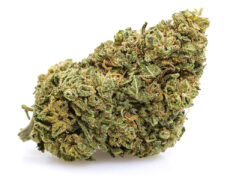
GORILLA GLUE
Starting from: 2,90CHF/gIndoor | CBD – CBDA < 20%
Grams3 5 10 20 50 100
Today we want to answer all your possible questions about the cannabis plant, the potential harm of its intake and the differences between THC cannabis and legal marijuana. If you still have some doubts at the end of the study, you can contact us when you wish, and we will answer all your questions!
What substances are present in marijuana?
Legal cannabis has over 100 active ingredients called cannabinoids: the predominant substance is tetrahydrocannabinol (THC), a psychotropic cannabinoid and therefore capable of altering our mind.
Compared to the others, the other most prominent active ingredient is cannabidiol ( CBD ), contained in low percentages in Sativa cannabis, in medium percentages in Indica cannabis and large quantities in legal CBD buds. It is a cannabinoid that acts on the body, does not alter the mind and has potentially beneficial effects on our health.
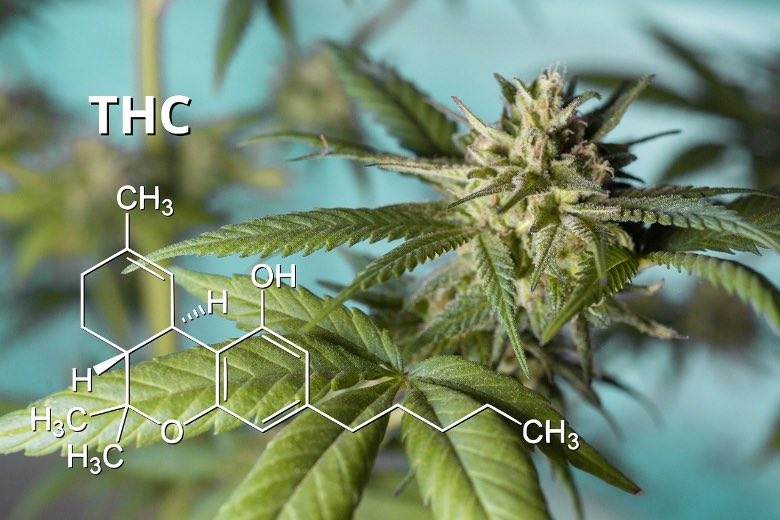

As we told you, the psychoactive substance of cannabis is THC. This compound has almost immediate effects when inhaled (through joints, bongs, pipes, vaporizers, etc.) and slow-release products if marijuana is ingested.
Specifically, THC binds to the so-called cannabinoid receptors present in our brain, especially in the following areas:
- Hippocampus, where THC affects memory
- Basal ganglia, where it affects movement skills
- Cerebellum, where coordination impairs
Furthermore, tetrahydrocannabinol affects sensory perception (including pain), mood, and space and time cognition.
It is motivated precisely by the interaction of THC with the endocannabinoid system, composed of neurotransmitters called endocannabinoids. These are released into our body to regulate various brain activities, including cognitive abilities, memory and mood.
Read also: The role of terpenes in the cannabis plant.
THC Effects: this is what happens when we introduce high doses of this substance into our body.
THC, present in cannabis, acts in the brain triggering the following main effects in those who take it:
- Euphoria
- Increased sensory perceptions
- Disorientation (caused by altered space-time perception)
- Lack of physical coordination
- Strong mental and muscle relaxation
- Increased creativity
- Uncontainable flow of thoughts
- Sudden and uncontrolled hunger (munchies)
- Lowering of blood pressure
The effects of continuous use of cannabis with a high THC content are instead addiction to the substance and dependence on marijuana, anxiety, depression, and psychosis and/or schizophrenia in predisposed subjects.
Furthermore, it seems that cannabis can also permanently reduce normal cognitive abilities if used continuously at a young age.
So yes, marijuana hurts if it is abused and used for a long time. Simultaneously, you can benefit from its therapeutic potential through medical cannabis (i.e. galenic drugs with well-weighted percentages of THC and CBD).
When we talk about damage, we are talking about high THC cannabis and not legal CBD weed.
What is CBD weed, and why doesn’t it have the same effects as high THC cannabis?
Legal hemp plants have THC amounts of less than 1%, while they contain high amounts of CBD, the beneficial, non-psychotropic cannabinoid. CBD is an antipsychotic (therefore it significantly reduces the effects of THC) and has the following properties:


- Anti-inflammatory
- Immunoregulatory
- Antioxidants
- Pain relievers
- Hypotensive
- Anti-emetic
- Antispasmodics
- Muscle relaxants
From the results of numerous scientific studies, it seems that cannabidiol can counteract multiple states of malaise and symptoms. They include chronic pain, spasticity, convulsions, inflammation and nausea. It also appears to be an ideal aid in overcoming anorexia and other eating disorders, as its anti-emetic abilities fight nausea and vomiting.
At the moment, however, research in this regard has been carried out almost only on animals and in test tubes, while human studies are still on the high seas (perhaps due to prohibition and prejudices related to cannabis).
Read also: Legal CBD Marijuana & quality: Try to believe, with Justbob you can.
In conclusion
The marijuana high in THC has psychotropic effects and, if used over the long term, can cause decidedly adverse effects such as addiction, anxiety, depression and psychosis in predisposed individuals.
The responsible for these negative symptoms are precisely tetrahydrocannabinol, contained in high percentages in “traditional” cannabis and products derived from it (such as hashish and kief) and in absolutely irrelevant quantities in Sativa cannabis with a high CBD content.
The latter is in no way harmful to humans but on the contrary: it seems that it can have potentially therapeutic beneficial effects (yet to be officially confirmed). So what are you waiting for? Buy the best CBD products online now! On our Justbob shop, you will find CBD flowers, legal hash and CBD oil.


